Bandar Slot Gacor menjadi pilihan utama para pemain judi online di Indonesia karena tingkat kemenangan yang tinggi. Dengan berbagai pilihan permainan slot yang menarik dan teknologi canggih, Bandar Slot Gacor seperti Rajabandot Slot menawarkan pengalaman bermain yang lebih menguntungkan.
Rajabandot Slot dan provider ternama lainnya menawarkan koleksi game terbaik yang tidak hanya menarik tetapi juga memberikan kesempatan besar untuk menang. Dengan berbagai pilihan game yang tersedia, pemain dapat menikmati pengalaman bermain yang beragam dan seru.
Game Slot Populer dengan Fitur Bonus Melimpah
Game-game slot populer dari Rajabandot Slot seringkali dilengkapi dengan fitur bonus yang melimpah, memberikan pemain kesempatan untuk memenangkan hadiah besar. Beberapa contoh game slot populer termasuk:



 Promo
Promo
 Login
Login
 Daftar
Daftar
 Link
Link
 Live Chat
Live Chat